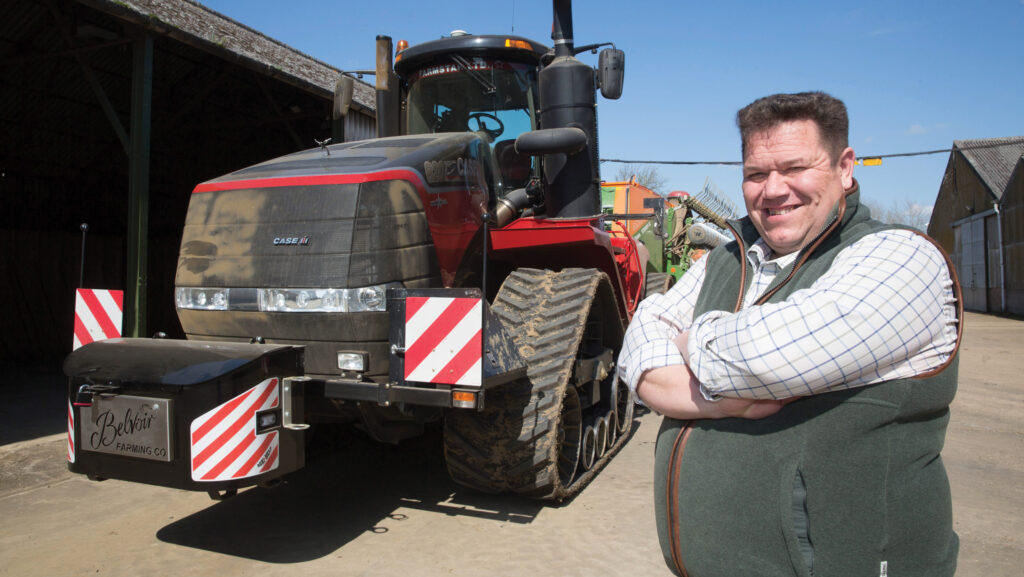Farmer Focus: Volcanoes, vines and variable costs
 © Tim Scrivener
© Tim Scrivener Buenos días from a very sunny Lanzarote. I thought farming in the UK was hard, but compared to growing grapes here, it’s a walk in the park.
See also: How oxygen and cultivation impact glyphosate breakdown
As Lanzarote is mainly volcanic, there’s virtually no soil. Most grape plants stand individually in a 2m circle that’s been excavated and replaced with exactly 15cm of volcanic ash, topped with 20cm of small volcanic rock, if you get either of these wrong the wine will be acidic.
Each vine also needs a semicircular wall, about 1.2m high, built from larger volcanic rock to protect it from the wind. With almost no rainfall on Lanzarote, the vines rely on the small amount of moisture carried in the overnight breeze.
The porous rocks of the wall capture this moisture and allow it to slowly run down into the soil. If all goes well, each plant might produce just three or four bunches of grapes.
Back home, the autumn has been the kindest for a long time. In fact it’s the first season since 2018 that we’ve been able to complete a full herbicide programme of both pre- and post-emergence sprays.
In the past three years, we’ve rutted tramlines and even got stuck trying to apply follow-up herbicides. To finish the job this year without so much as a shallow rut anywhere has been very satisfying.
Budgets and cashflows indicate we’re operating on the finest of margins, and that’s only if we hit our 10-year yield average, something we haven’t managed in the last two harvests.
Losses take some funding, as they say. Fortunately, the current crop is the best we’ve had for several years.
As a great mentor of mine once said, “Well sown is half grown.” Let’s hope he’s right. The season will need to stay kind if we’re to keep variable costs under control.
Finally, capital expenditure will be kept to a minimum this year, with only the purchase of a second-hand grain trailer from HM Trailers. Thankfully, they’re built to last.


